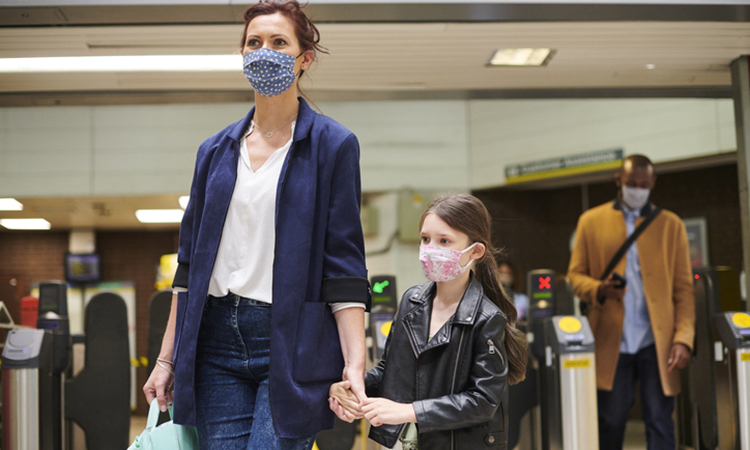Rail companies across England increase services to support the end of lockdown
Posted: 8 April 2021 | Global Railway Review | No comments yet
As England steps out of lockdown and begins to return to normality, rail companies across the country are working to ensure passenger and staff safety.


Credit: Rail Delivery Group
As England takes its next steps out of lockdown, rail companies are running more services and longer trains, increasing space to support social distancing as part of the rail industry’s safer travel pledge during the pandemic.
Following an announcement from the UK government, from 12 April 2021, all non-essential retail, personal care and hospitality businesses will reopen in England and overnight stays along with long-distance travel will again be permitted. To ensure that people can travel with confidence, rail companies have been closely monitoring passenger numbers and adding services where possible and as necessary.
More than 1,000 weekday services have been added since mid-February 2021 from approximately 16,900 per day to almost 18,000. An even more significant service uplift is planned for May 2021.
Robert Nisbet, Director of Nations and Regions for the Rail Delivery Group (RDG), which represents the rail industry, said: “In addition to enhanced cleaning and providing better information to help people to avoid busier times, rail companies are increasing space on trains across the country by adding services as we take steps out of lockdown. We are closely monitoring passenger numbers as restrictions ease to carefully balance service levels with demand, and the need to run the railway efficiently for taxpayers.”
Rail companies have been supporting the country throughout the pandemic, including during the most recent lockdown, ensuring that supermarkets stay stocked and key workers can get to where they’re needed. When schools reopened on the 8 March 2021, train operators across the country added more services on key routes for school children. Rail companies are asking people using the railway to follow government guidance, travel at less busy times where possible and to wear a face covering on trains and at stations unless exempt.
Rail staff are working hard to ensure that stations and trains are also kept clean. During the pandemic, 1,500 additional people have been employed to clean the railway, an increase of almost 25 per cent since March 2020, and 13,250 litres of cleaning agent is used every month to sanitise surfaces across the network. Surveys undertaken by the independent passenger watchdog Transport Focus have consistently shown that around 90 per cent of people making train journeys in the past two weeks feel safe doing so.
Christine Smith, who manages the cleaning of Govia Thameslink Railway (GTR) trains, said: “We’ve pulled out all the stops to make sure that stations and trains are thoroughly cleaned and sanitised many times every day, with extra attention paid to high contact touchpoints, like handrails and buttons. If you touch it, we’ve cleaned it.”
The rail industry is working to keep rail staff safe in turn, with many operators incorporating lateral flow testing for rail staff, enabling them to more quickly identify any staff member who may have contracted COVID-19 and protect other members of staff.
Increasingly, the UK government is promoting effective ventilation to disrupt the aerosol transmission of coronavirus indoors. The European Union Agency for Railways (ERA) has stated that ventilation systems on trains, which renew the air in a carriage at least every 10 minutes, are important to extract harmful aerosols, including coronavirus, suggesting that trains may be safer than some other indoor settings. Before the most recent lockdown in England was announced, it was also recorded that more than nine out of 10 people wear a face covering on the railway without being prompted.
Mark Phillips, CEO of the Rail Safety and Standards Board (RSSB), said: “As restrictions ease, it is extremely reassuring that rail companies are taking the necessary steps to ensure that people can travel with confidence. While research into this field continues, we know that ventilation systems on most trains are effective in replacing air in carriages, meaning that transmission may be less likely on trains than in other indoor environments.”
Related topics
Coronavirus/COVID-19, Passenger Experience/Satisfaction, Safety, The Workforce
Related organisations
European Union Agency for Railways (ERA), Govia Thameslink Railway (GTR), Rail Delivery Group (RDG), Transport Focus







